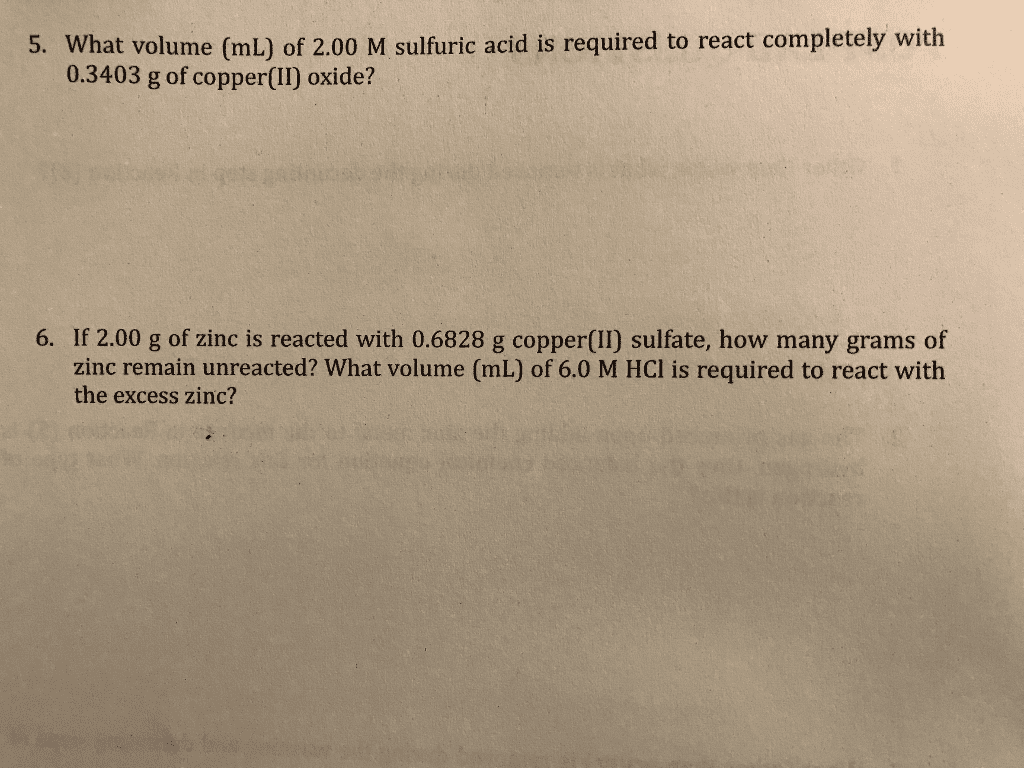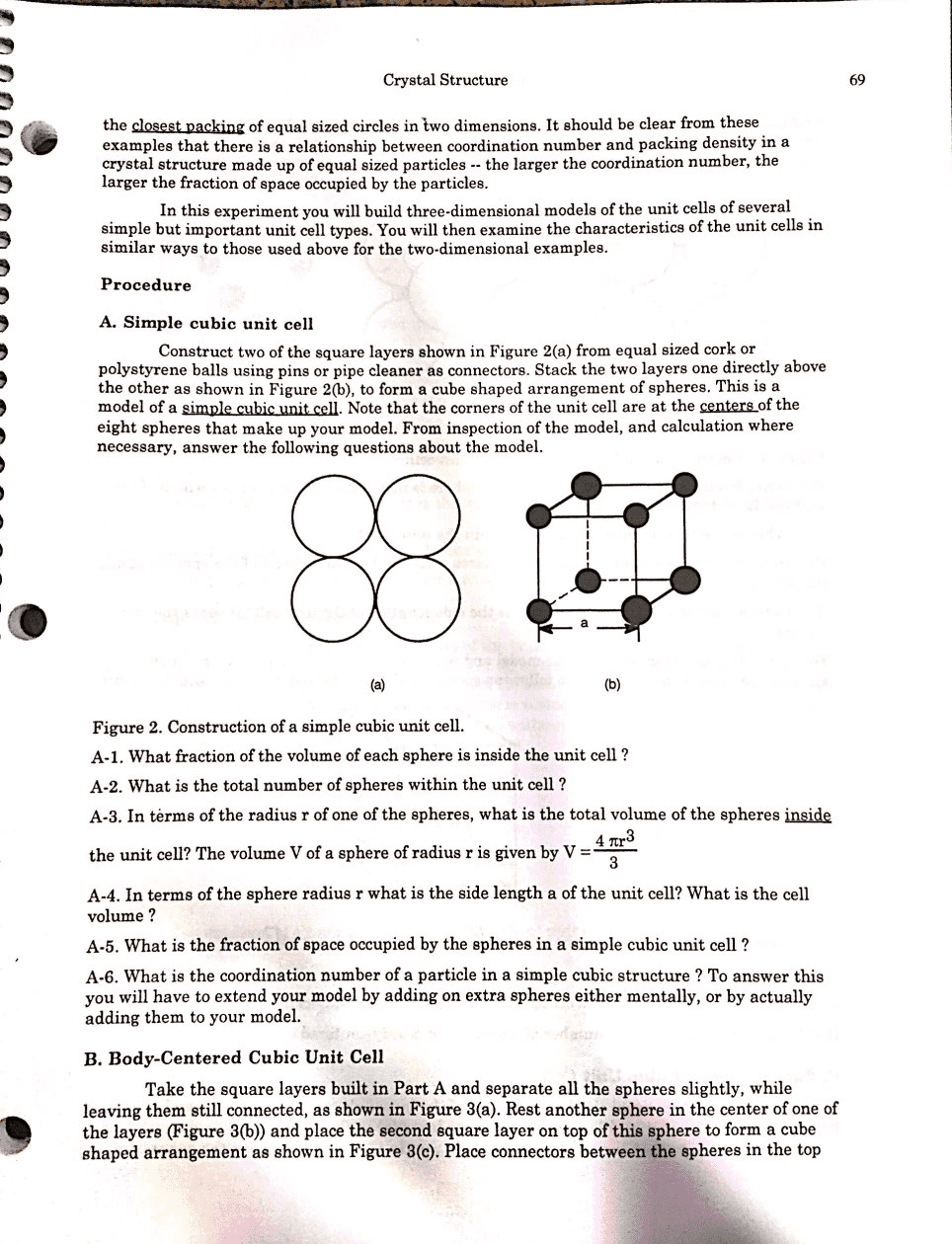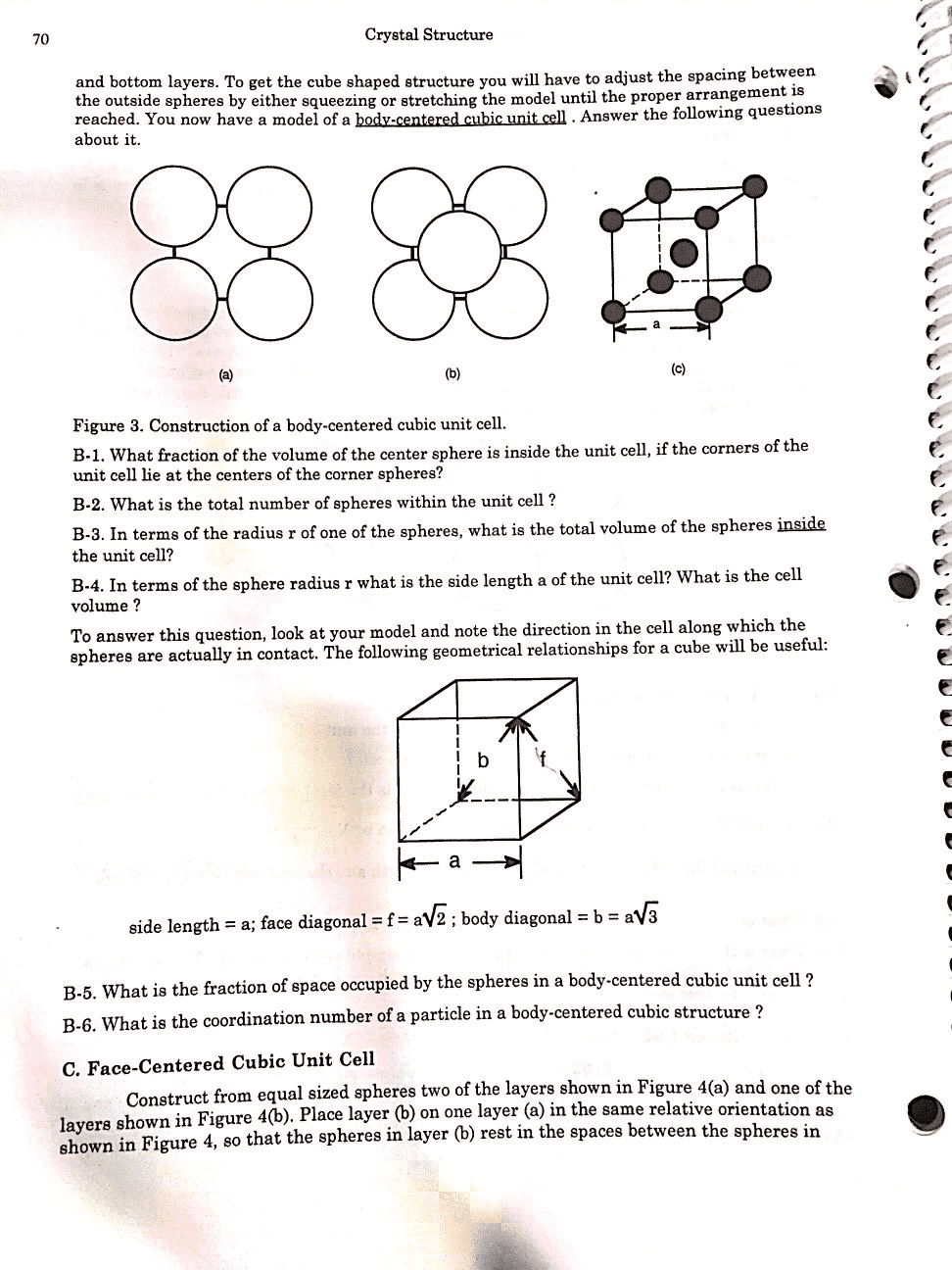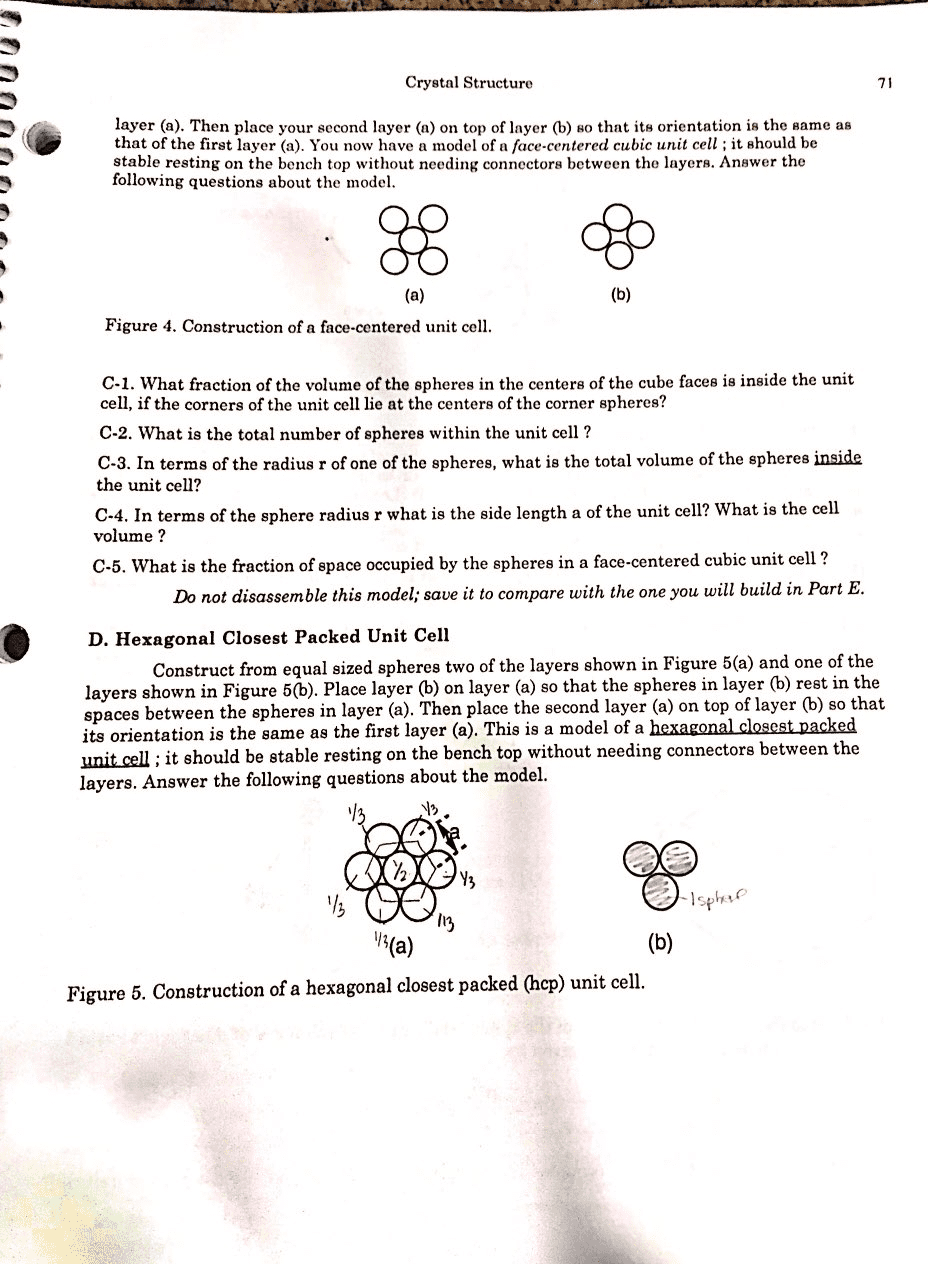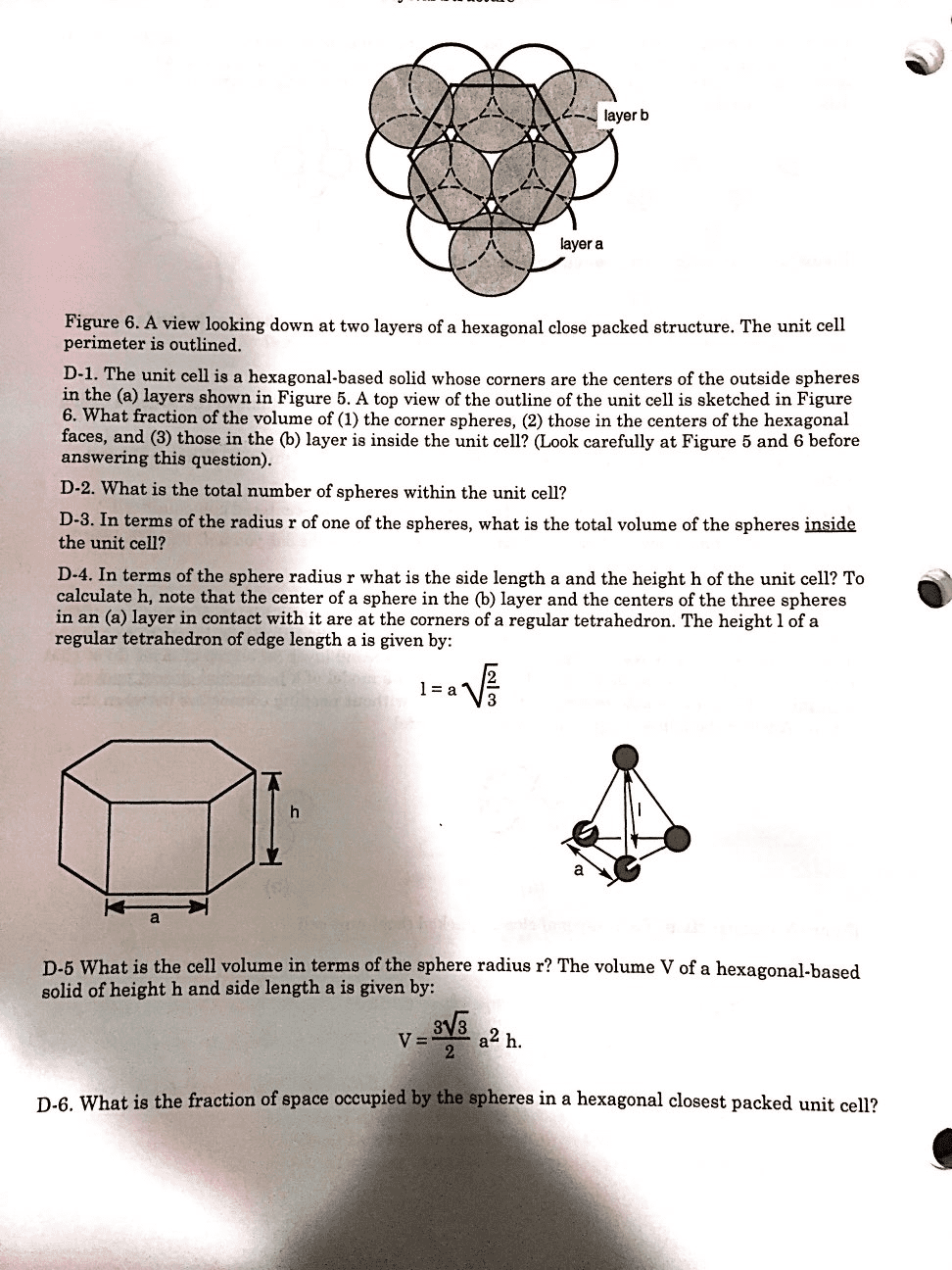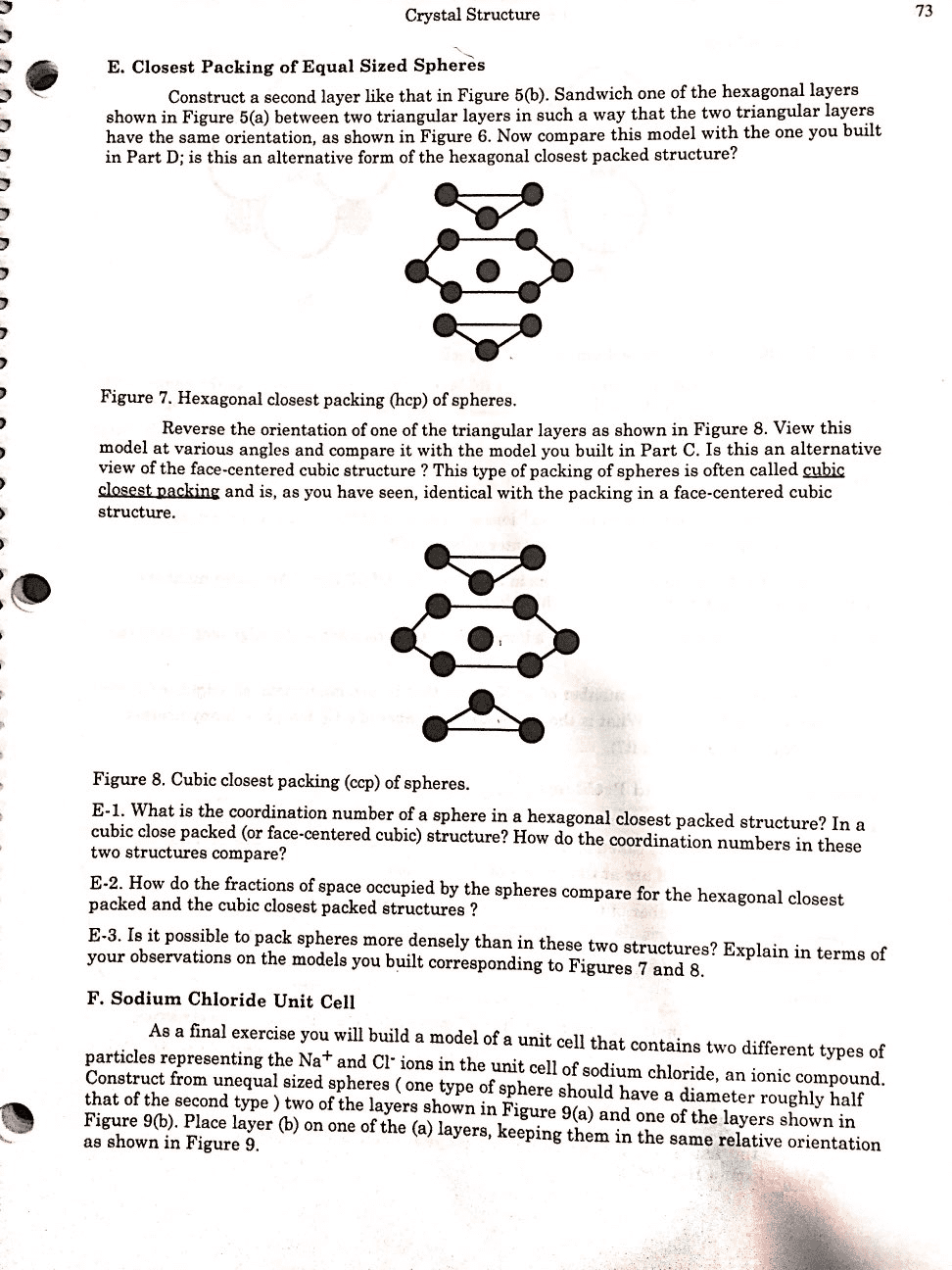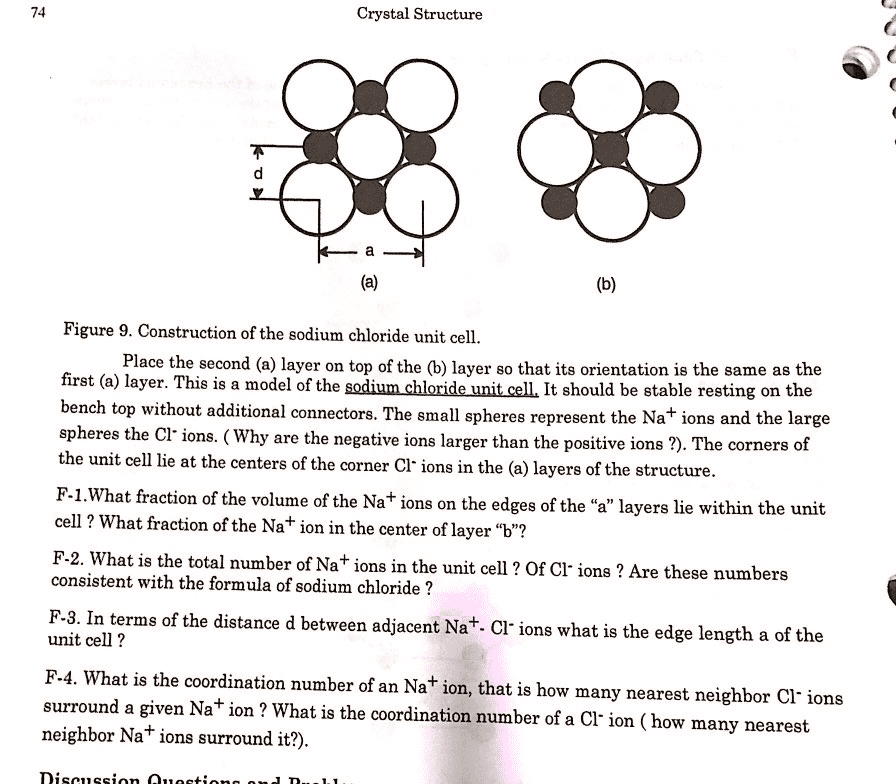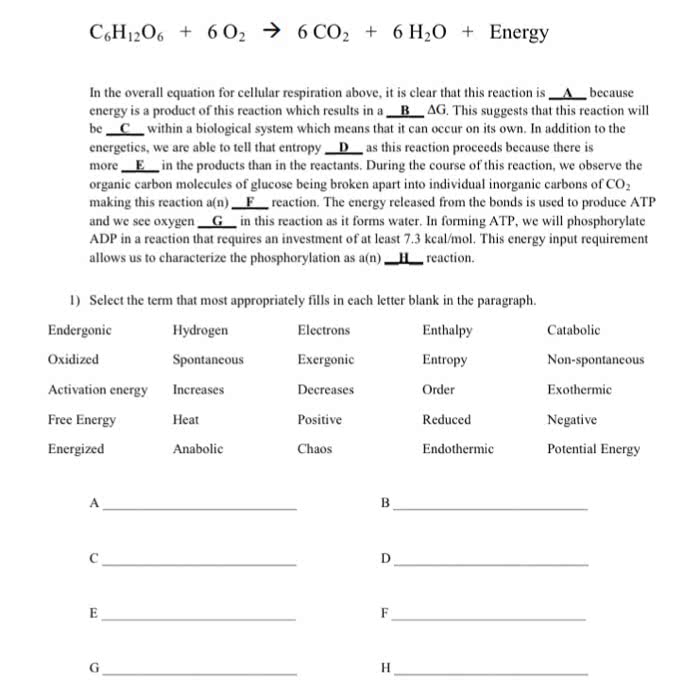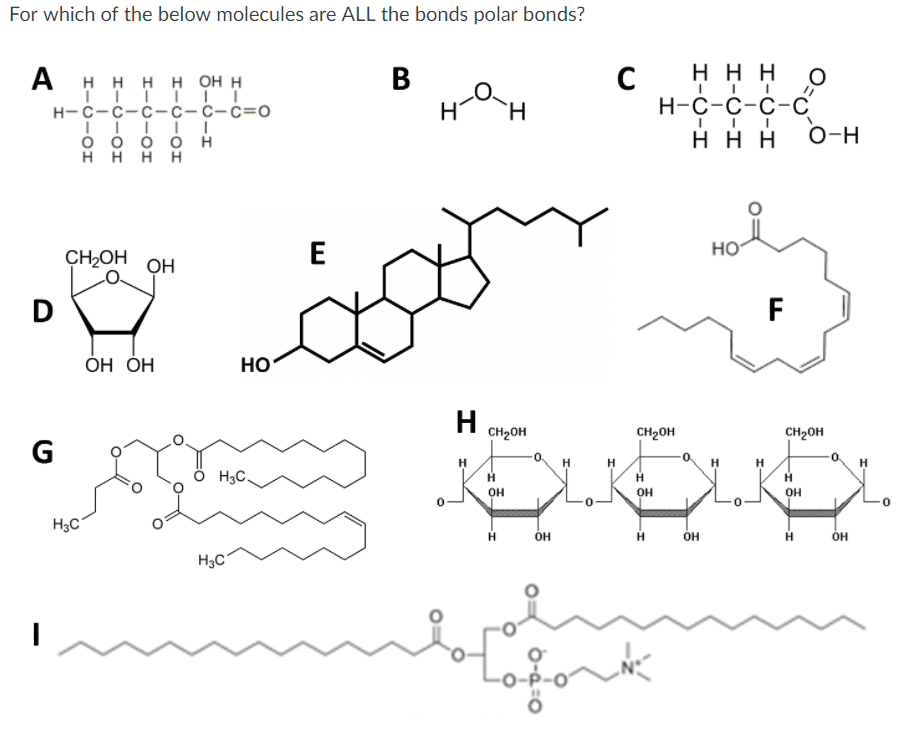christ5022
St. Mary's University
2 Followers
9 Following
0 Helped
christ5022Lv4
12 Nov 2021
Answer: Step-by-step explanation: Amylase Enzyme It catalyzes the breakdown of...
christ5022Lv4
11 Nov 2021
Answer: Step-by-step explanation: M=n/V n=w/mwt 2n/V = 0.3403 g / 144 / V = 0
christ5022Lv4
10 Nov 2021
Answer: Step-by-step explanation: The decomposition. Is a process of breakdown...
christ5022Lv4
9 Nov 2021
Answer: Step-by-step explanation: pH = 7 neutral or base pH= 6 or 5 acidic
christ5022Lv4
9 Nov 2021
Answer: Step-by-step explanation: No, Litmus paper is used to identify the col...
christ5022Lv4
9 Nov 2021
Answer: Step-by-step explanation: On third attached to CH2OH
christ5022Lv4
9 Nov 2021
Answer: Step-by-step explanation:yes true
christ5022Lv4
8 Nov 2021
Answer: Step-by-step explanation: Reactants 12.5 Oxygen ------- 18 Carbon diox...
christ5022Lv4
8 Nov 2021
Answer: 2.42 x 44= 106.48 g 128/114= 1.1 mole
christ5022Lv4
8 Nov 2021
Answer: 85 g
christ5022Lv4
8 Nov 2021
Answer: 1.25 Step-by-step explanation: 19.5 g/cc
christ5022Lv4
7 Nov 2021
Answer: Photosynthesis light reaction
christ5022Lv4
7 Nov 2021
Answer: Photosynthesis Step-by-step explanation: Glucose
christ5022Lv4
7 Nov 2021
Answer: Photosynthesis Step-by-step explanation: is the process by which it co...
christ5022Lv4
7 Nov 2021
Answer: True
christ5022Lv4
7 Nov 2021
Answer: Step-by-step explanation: C
christ5022Lv4
7 Nov 2021
Answer: Step-by-step explanation: Kinetic bond energy
christ5022Lv4
6 Nov 2021
Answer: 95 kg
christ5022Lv4
6 Nov 2021
Answer: 32/98 = 0.326 x 100% = 32.6 % 33 %
christ5022Lv4
6 Nov 2021
Answer: You add water and yields sulfuric acid.
christ5022Lv4
6 Nov 2021
Answer: Acidic solution
christ5022Lv4
6 Nov 2021
Answer: Step-by-step explanation:Please provide me the complete given.
christ5022Lv4
6 Nov 2021
Answer: 90.1°C Note: The question is incomplete. A similar but complete questi...
christ5022Lv4
4 Nov 2021
Answer: Step-by-step explanation: In a chemical reaction, a mole ratio refers ...
christ5022Lv4
4 Nov 2021
Answer: Step-by-step explanation:Titration
christ5022Lv4
1 Nov 2021
Answer: They have formed a new substance for the reaction
christ5022Lv4
1 Nov 2021
Answer: % yield = 62.21 % C2H4(g) + H2O(l) → C2H6O(l) ∴ mass C2H4(g) = 4.6 g ∴...
christ5022Lv4
1 Nov 2021
Answer: It's a colorless liquid. It's sometimes used as a fuel. It's sometimes...
